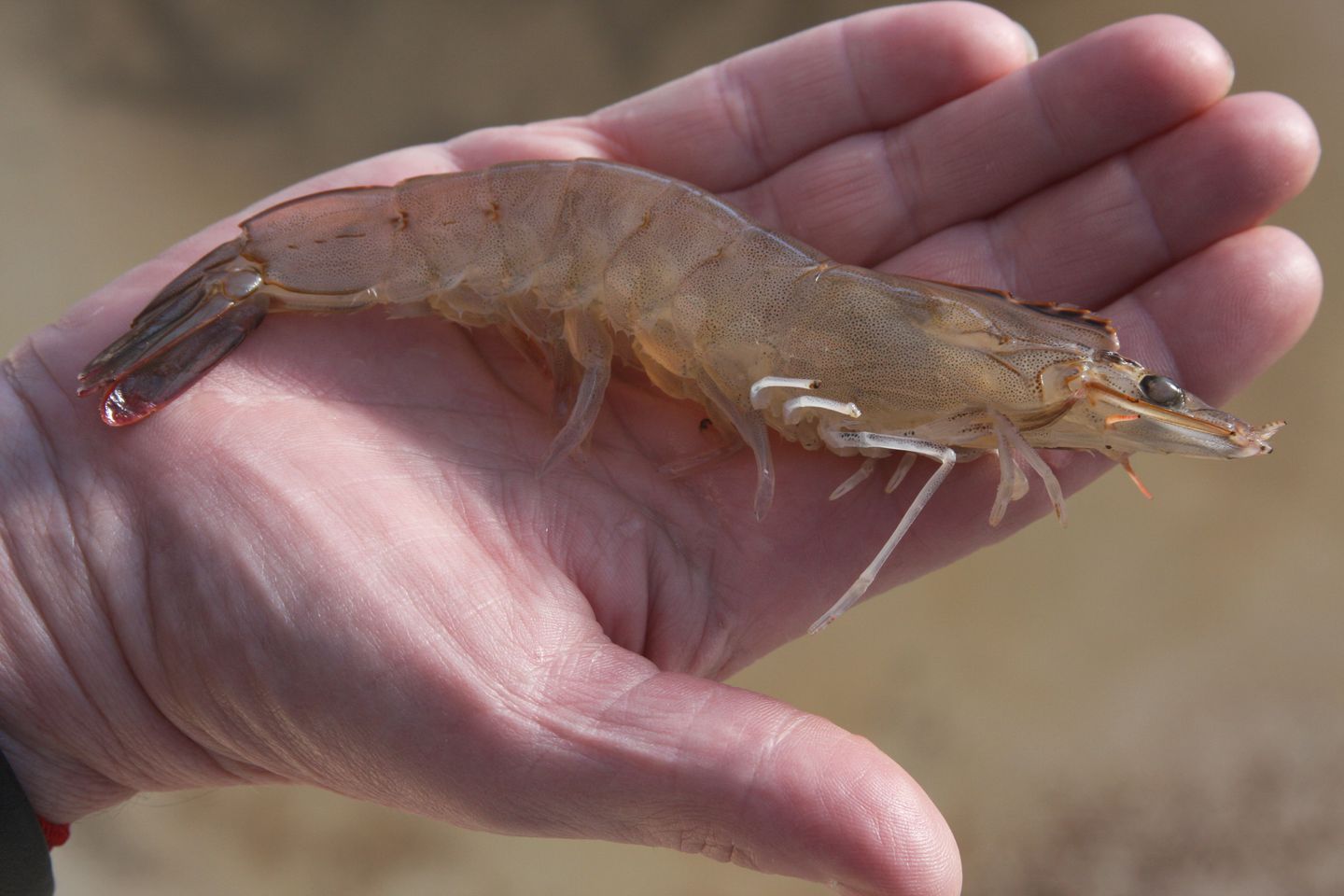Odisha shrimp farmers left in the lurch
Farmers used to get Rs 380 for a kg of shrimp and now they are getting Rs 280 for the same whereas the average production cost for this ranges between Rs 220 and Rs 240
Bhubaneswar: The global pandemic which has halted the development of nations across the world has affected the farmers the most. In the state of Odisha, over 4 crore people are leading a life of hardship as they primarily depend on agriculture, fishery and livestock.
“Low profit and apprehension of unavailability of inputs like seed, feed and fertilizer at the right time at right price has created fears among us,” said Barada Prasanna Nayak, a shrimp farmer belonging to Astaranga in Puri district of Odisha. He is also the President of the Hari Sahadev Aqua Farmers’ Welfare Society.
“There have been price fluctuations in this high risk crop and it results in low profit. Currently, it has become difficult for us to sustain the activity, said another Shrimp farmer Raj Kishore Nayak of Astaranga. “Now, it is even difficult for us to make up the production cost,” he added.
Aquaculture Consultant Solidaridad Network Asia Abhishek Dwivedi said the farmers used to get Rs 380 from the exporters for a kg of shrimp and now they are getting Rs 280 for the same whereas the average production cost for this ranges between Rs 220 and Rs 240. Thus it has become harder for the farmers to get back even the production cost.
The Sea Food Export Association of India – Odisha Region (SEAIOR) decides on the rates of various types of shrimps to be procured from farmers for export. In the wake of the pandemic and the resulting economic slump, there is shortage of orders from the potential buyers and thus there have been less procurement by the exporters from the farmers. European Union has been a major buyer of Odisha shrimps. And now, the export from Odisha to the EU has dipped by 60%, he added.
Farmers are now confused whether to go for intensive or semi-intensive culture. Most of the farmers are on the verge of quitting aquaculture due to its low profit. “We are apprehending that after corona goes, there will be an increase in demand. But, there will be dearth of produce as most of the farmers would have been adapted to some other livelihood options,” he pointed out.
In normal times also, shrimp has been a risk crop and the pandemic has made the scenario even worse, Dwivedi added further.
Apart from the farmers, a huge number of workforce associated with the aquaculture processing units are affected by this crisis. This situation is also same for the freshwater farming community but their predominant market space is domestic only, he said.




 Ms Kalinga
Ms Kalinga